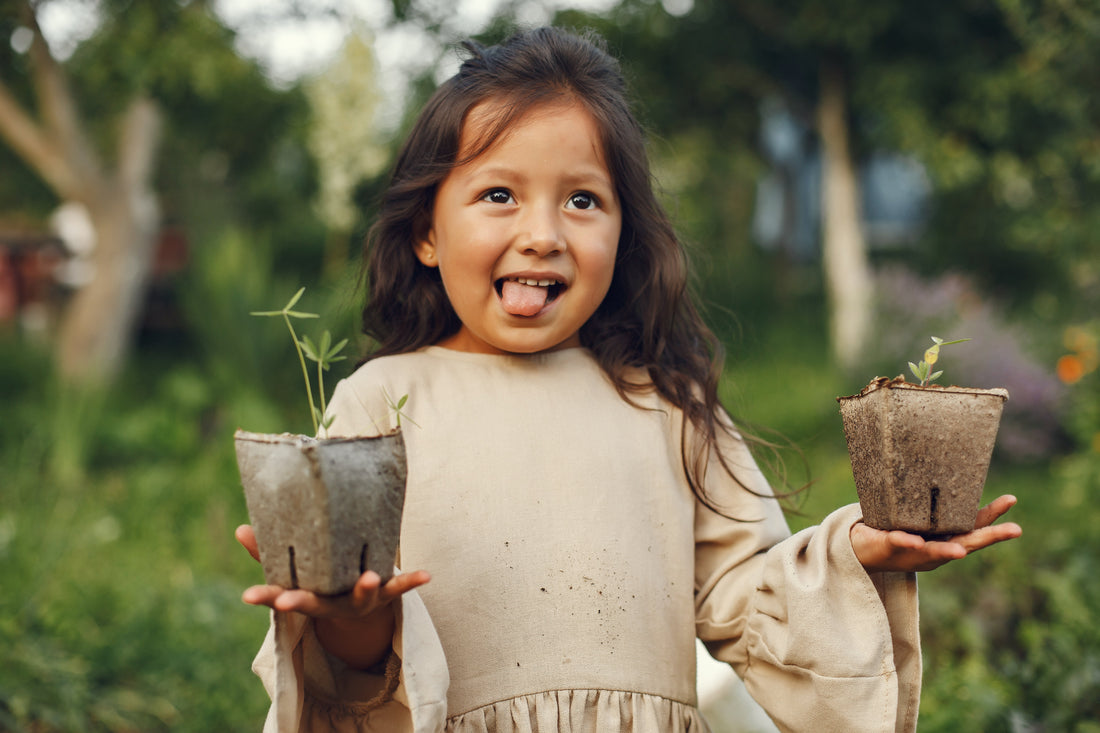
Kids Fashion in Rural Pakistan: Blending Comfort, Culture & Affordability
Share
In Pakistan’s diverse cultural landscape, fashion isn’t just a city trend—it’s deeply rooted in rural life too. While urban kids might follow global trends, kids’ fashion in rural Pakistan reflects a beautiful mix of tradition, function, and local flair.
From vibrant shalwar kameez to hand-embroidered frocks, rural children dress in ways that match their environment, lifestyle, and regional identity. And with growing awareness, local markets and brands are now focusing on affordable kids clothes in Pakistan that serve both rural and urban communities.
Let’s explore the evolving trends, practical needs, and cultural beauty of fashion for rural children in Pakistan.
1. Traditional Dresses for Village Kids
In rural Punjab, Sindh, Balochistan, and KPK, traditional outfits are still the go-to clothing for children. Little girls often wear colorful ghagra cholis or embroidered frocks, while boys don shalwar kameez or kurta pajamas, especially during festivals or weddings.
These clothes not only reflect cultural pride but are also well-suited to the hot climate and active lifestyle of village life.
2. Comfortable Outfits for Rural Children
Comfort is key for children who spend a lot of time outdoors. Cotton is the most popular fabric in rural areas due to its breathability. Loose shirts, easy-to-wear cotton suits for kids, and elastic waist trousers allow free movement and play.
Mothers often stitch clothes at home, or purchase them from local weekly bazaars, keeping budget and durability in mind.
3. Affordable Kids Clothes in Pakistan
Affordability is a major factor when it comes to kids’ fashion in rural areas. While big brands dominate city malls, affordable kidswear markets in Pakistan—like local stalls or wholesale vendors—cater well to rural families.
Some brands, such as Nishat Linen Kids or Junaid Jamshed (J.) Kids, occasionally release budget-friendly collections, but most rural families prefer practical and cost-effective shopping from local tailors or bazaars.
4. Seasonal Fashion for Rural Kids
Kids’ clothing changes with the seasons in rural Pakistan:
-
Summer: Lightweight cotton suits, half-sleeve shirts, and open sandals
-
Winter: Hand-knitted sweaters, warm shawls, and woolen caps made by mothers or local vendors
-
Monsoon: Quick-dry clothes and sturdy slippers to handle muddy outdoor play
Mothers often repurpose older siblings' clothes for younger ones—an eco-friendly and economical practice.
5. Festive & School Wear Trends
Special occasions like Eid, weddings, and Independence Day bring out more vibrant and stylish looks. Parents invest in embroidered suits, matching bangles, or waistcoats for their children.
For school-going kids, uniforms are often sourced from nearby tailoring shops. In many rural areas, school uniforms are stitched locally, creating small business opportunities for local tailors.
6. Sustainable Kids Fashion in Pakistan
Rural fashion is inherently sustainable—with hand-me-downs, local tailoring, and simple fabrics forming the core of kids’ wardrobes. Unlike fast fashion in urban areas, village kids grow up wearing clothes that are stitched to last.
Some NGOs and local initiatives are now promoting eco-friendly kidswear in rural Pakistan, supporting cottage industries and empowering rural women.
Final Thoughts
Kids fashion in rural Pakistan may not follow TikTok trends, but it beautifully captures the essence of community, tradition, and practicality. As awareness around education, hygiene, and personal expression grows in these regions, so does the importance of proper, comfortable, and stylish clothing for children.
At its heart, rural kids’ fashion isn’t about labels or trends—it’s about dignity, identity, and joy. And that’s a style worth celebrating.




